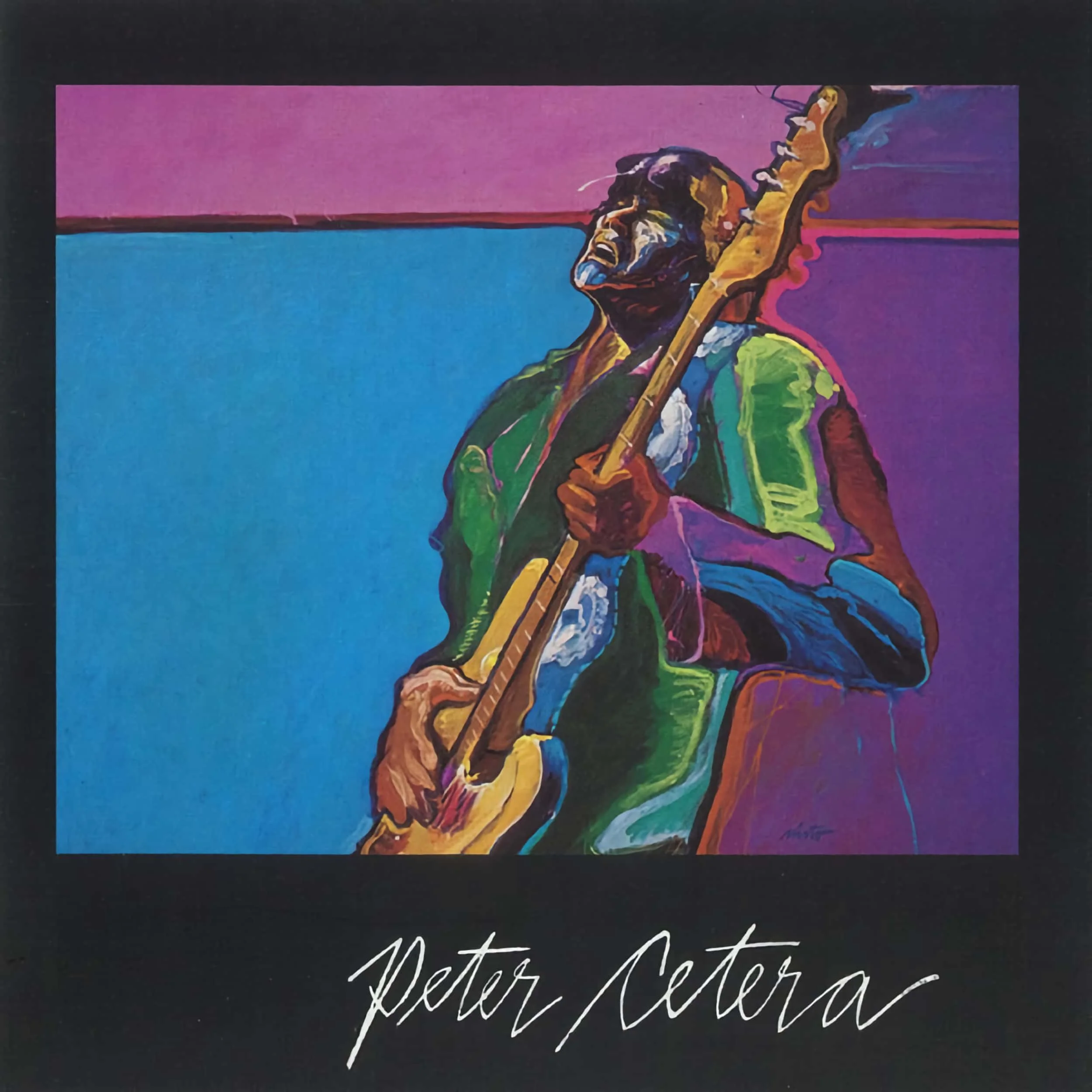Released in 1981, Don’t Say No features ten tracks of hard-hitting rock music with catchy riffs and powerful vocals that ultimately became Squier's breakout success, following his solid solo debut The Tale Of Tape. Spawning several hit singles and earning him critical acclaim, Don’t Say No is a quintessential example of the 80s hard rock sound, featuring heavy guitar riffs, synthesizers, and anthemic choruses. It’s 80s to the core, but the high production values ensure that it not only remains a highlight of the era, but still holds up today.
The artwork, however, hasn’t aged so well and is arguably one of the most uninspiring pieces of album artwork that I’ve ever seen. While it doesn’t qualify for a position on The Worst (And Most Disturbing) Album Covers Of All Time, it equally doesn’t compel me to pick up the album from the visual standpoint alone. Let’s just say, at times like this, I’m glad we listen with our ears and not our eyes.
Listening to Don’t Say No, via Apple Music, is subsequently pleasing. There’s clarity, fullness, and a vibe that will keep you coming back for more. That said, at times I feel there is a veil over the recording and that it truly doesn’t come alive. Of course, that could just be an opinion based on wanting to pick up the extremely well-received vinyl reissue from Intervention Records but until I get a chance to pick up the vinyl version, this Hi-Res Lossless Apple Digital Master is the perfect counterpart; even if the aforementioned reissue is artist approved.
Unfortunately, one common limitation of streaming is that we don’t know if Squier signed off on the release or not. While that normally wouldn’t be an issue, Squier did approve the vinyl reissue and it would be interesting to know what involvement he had in the 2010 remastering from which I believe the stream on Apple Music is derived. Nevertheless, it’s the music we’re after, isn’t it? Please join me as we explore the incredible songs that make up this landmark 1981 release.
In The Dark starts off slowly but it isn’t long before it turns into a high-energy rocker with a driving beat and a blistering guitar solo that sets the tone for what's to come.
The Stroke is likely Squier's most well-known song, with its instantly recognisable riff and catchy chorus. Rock music doesn’t get much better than this, does it?
If you’re interested in the crossing of musical streams, Eminem sampled the tune on his 2013 song Berzerk. It isn’t the greatest Eminem tune, by any standards, but it’s great to hear Squier’s killer riff extended beyond his recording. In fact, it isn’t the only time Eminem was inspired by Squier for he also sampled the next song on the album, My Kind Of Lover, on his 2014 song Shady XV.
My Kinda Lover is a fantastic mid-tempo rocker with a chorus that will compel you to sing along.
You Know What I Like is the first non-standout album tune but its driving rhythm and Squier’s corresponding vocal delivery ensure that it is vital to the overall album experience.
Too Daze Gone is a mondegreen waiting to happen; I love it! Too Daze Gone is one of the greatest songs from Don’t Say No. You’ve likely never heard it outside of the album structure but it should have been a hit; if for no other reason than its wittiness. Of course, if you’re like me, you’ll also be drawn to the addictively good funky basslines, memorable guitar riffs, and piano playing.
Lonely Is The Night is simply magnificent. How this wasn’t released as a single is beyond me for it has that Led Zeppelin feel that just screams chart-topper. Of course, it sounds like Zeppelin because the styling is very similar to that of Nobody's Fault But Mine from their 1976 release, Presence.
Nobody's Fault But Mine wasn’t an original Led Zeppelin tune, however, just a re-arrangement and new interpretation for the core of the song was originally written and recorded by Blind Willie Johnson in 1927. The original was so compelling that it’s had numerous interpretations, with varying styles, throughout the years and while Lonely Is The Night wouldn’t be considered a direct descendent, the spirit of the original Blind Willie Johnson tune lives on through this tune as much as it does via the other recordings that have been made.
Whadda You Want From Me is a fast-paced rocker with a killer guitar riff and a catchy chorus. What more could a rock and roll lover ask for?
Nobody Knows slows the tempo down with an acoustic-styled number containing a beautiful guitar element and a stunning vocal presentation. Nobody Knows is also perfectly positioned within the album structure for it gives the senses a reflective break before leading into the final two tunes.
I Need You is a funky power ballad with a heartfelt melody and vocal presentation that will see you singing along. What a great tune!
Don’t Say No is a substandard closer as it doesn’t always compel me to listen to the album again or further explore Squier’s back catalogue of music. While I don’t feel that the song should have been omitted, I would suggest that a re-sequencing would have been best to ensure greater synergy.
From start to finish, Don’t Say No will interest those of you who adore infectious melodies and hard-hitting rock tunes that have stood the test of time. It’s a must-listen and even if you’re not a fan of Squier’s, yet, you’re bound to find something to enjoy on this 80s masterpiece.






